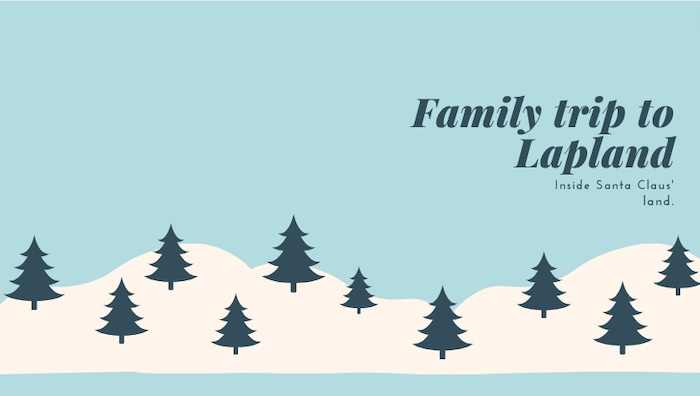Finnish swearwords – a list of profanities you shouldn’t know
Last week we had the day of the Finnish culture and Kalevala, and in a month or so (9th of April) there will be the day of the Finnish language. Let’s celebrate these days with some Finnish words – but some that are a bit polemic: swearwords in Finnish.

This porcupine swears a lot in Finnish: it is a character in a Finnish comic strip. This is the porcupine’s website. Source (CC: by-sa)
Table of Contents
Swearwords in Finnish
We focus on profanities because we don’t want to focus on insults. Insults might be worth a separate post, but I am not sure if I’d do that because – goddammit – insulting people isn’t right (I haven’t decided yet: It is definitely one of the curiosities of Finland).
Sometimes when you are in a country with a different language than your own and you are not fluent in that language yet, something sudden happens that forces you to shout your country’s equivalent of “what the f*!”. And most likely the person you’re with (or yelling it at) won’t understand you, because it will have come out in your own language (as it has happened to me).
It is cool to score some sympathy points if you don’t speak Finnish or Swedish fluently. When the people you usually talk to in English hear, in a moment of surprise, you using one of these profanities, it will definitely generate a chuckle.
The three most used Finnish swearwords are the following.
The top 3 Finnish profanities
Vittu, Saatana, and Perkele are the three words that you will hear for sure when someone has to swear in Finnish.

Perrrrrrkele, rolling the “r”. One of the top 3 Finnish swearwords. Source (CC: by)
“Vittu” can be directly translated to “pussy” or “cunt”. It is used to express frustration or to emphasize a sentence. It is heard a lot as voi vittu (with the meaning of “Oh, crap”), too. Some interesting combination with vittu is “Vittu, vituttaa niin vitusti” (Fuck this shit, I’m very angry), where you can see some Finnish declinations too.
Not all vittu is bad (wink, wink; nudge, nudge) and you can say things like “vitun iso” (“fucking great”), but it is mostly used for bad things. Another interesting thing: You can combine it with other swearwords in Finnish to form a super-swearword. For instance: vittusaatana and vittuperkele.
Saatana means literally “Satan”, since Finnish people – besides using swearwords about scatology and parts of the human body (as in most languages I know) – have the tendency to bring the devil into all this. With the same meaning as “saatana” the word helvetti (the hell) is used too and both of them can be combined in this way: saatanan helvetti. “Saatana” is, nonetheless, harsh.
Perkele is maybe my favorite of them all. It is used as an interjection to signify surprise (like “shit!”, or “fuck!”). It means more or less “the devil”. This story has a lot to do with Finnish mythology, as Perkele was one of the main gods of the Kalevala, the Finnish national epic. When Christian times arrived, in order to end paganism, they gave the Bible’s devil the name Perkele. An angel became the devil, and from there a swearword.
In any case, as you can see in this infographic, the use of the three main swearwords dwarfs the use of the rest.

If you want to use this infographic on your website, you can copy and paste this code.
<a href="http://www.biginfinland.com" title="All about Finland in Big in Finland"><img src="https://farm9.staticflickr.com/8682/16702651165_6a833eb46d_z.jpg" alt="Infographic about Swearwords in Finnish" /></a>
Other profanities of the Finnish language
The Finns don’t survive on only three swearwords (but almost). Other less common profanities are not used very frequently by me and I must admit I know little more than the main ones (except maybe paska and heleveti, mentioned below), so I will just go ahead and borrow the ones that I liked the most from the correspondent page of Wiki about this.
These are the ones I found most interesting:
Helvetti, translated as “the hell”, and yes: it is a swearword.
“Hitto” or “hiisi”. Not a very strong word, but also related to devils (although it is not THE devil). Its use is similar to the word “damn”. You can also tell someone to “painu hiiteen” (go to hell).
Huora: “Whore”. Not a lot of explanation needed here.
Kulli: a word for “penis”, but not very strong.
Kyrpä also basically translates to penis. “Cock” would be the best translation. It is much more offensive than the swearword above.
Mulkku is also “penis”, but used more like “prick”, to describe a person.
Molo, another synonym of “penis”, which happens to also be the word for “I’m cool” in Spanish. If we say “molopää”, we say “dickhead”.

Paska is another profanity in the Finnish language.
Perse is “ass” in Finnish. A less strong word than many others in this post, but deserving of a spot in the list. You can say “Tämä on perseestä”, which would mean “This is shit!” (literally “this comes out of the ass!”).
Runkata is like “wanking”. “Runkkari” and “runkku”, that derive from it, would mean “wanker”.
Listen to these swearwords in Finnish
There are a couple of Youtube vids that bring the words to life in a very interesting way, but I have chosen the following one because the person doing it really went the extra mile. He also does something that lots of Finns do: concatenate many short profanities into a long one.
If you are curios about the video that I didn’t include, here it is: 21 minutes of swearwords in Finnish with English explanations.
How many of the profanities of the list did you know? What’s your favorite swearword, in Finnish or any other language?
Topics: Curiosities, Finnish language |
27 comments
|  Print This Post
Print This Post












"for no particular reason" yea, sure